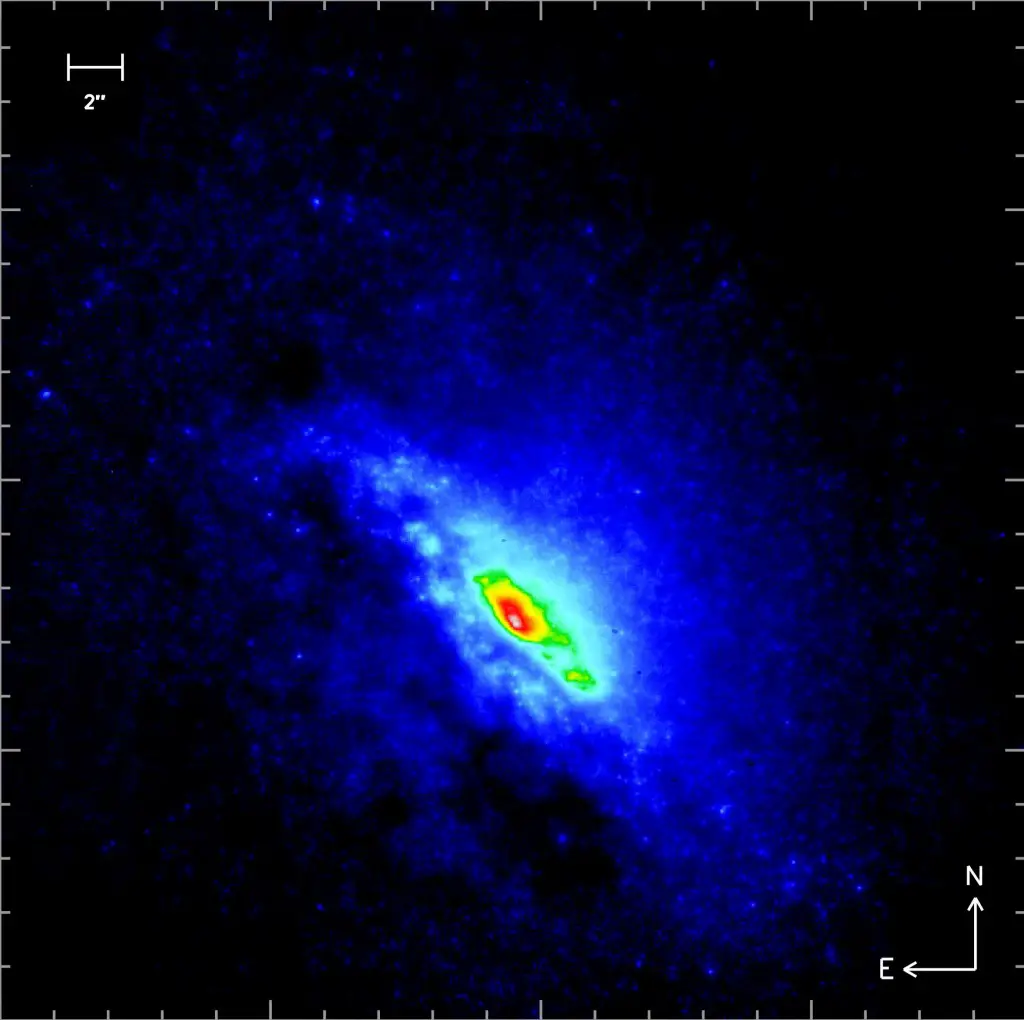Luminosity measures brightness. It is a term that is used in the context of astronomy and photometry.
Astronomy and luminosity
In astronomy, luminosity is often used to measure the brightness of a star as well as other astronomical objects in the galaxy. It measures the amount of electromagnetic energy that a certain body radiates in relation to time.
Measuring luminosity does not take into consideration distance. Luminosity is also measured in absolute terms.
The stars’ luminosity can be measured in two ways– apparent and bolometric. Apparent only counts visible lights while bolometric refers to total radiant energy. A bolometer is used to measure bolometric; it measures radiant energy through measuring heating and the band of absorption.
Luminosity makes use of joules per second or watts as unit of measurement. A star’s luminosity in most situations is measured in relation to the luminosity of the Sun, which has a symbol of L⊙.
Photometry and color imaging
Photoshop has the luminosity function which is more popularly known as the luminous efficiency function. The luminosity function defines how sensitive the humans’ eyes are to the lights that vary in wavelengths.
Two luminosity functions are often used by photographers depending on the light levels. The photopic luminosity function is used for everyday light levels while the scotopic curve is used for low light levels.
Many get confused over the term luminosity when used in the context of photometry. Some use luminance when discussing luminosity. Luminance measures the density of luminous intensity per certain or given direction and is measured in terms of candela per square meter.
Luminosity is also used in Adobe Photoshop. But many people incorrectly use luma to refer to luminosity in Photoshop. Luma refers to the weighted sum of the nonlinear signals—green, red and blue—which are one of the components of a color image signal.










